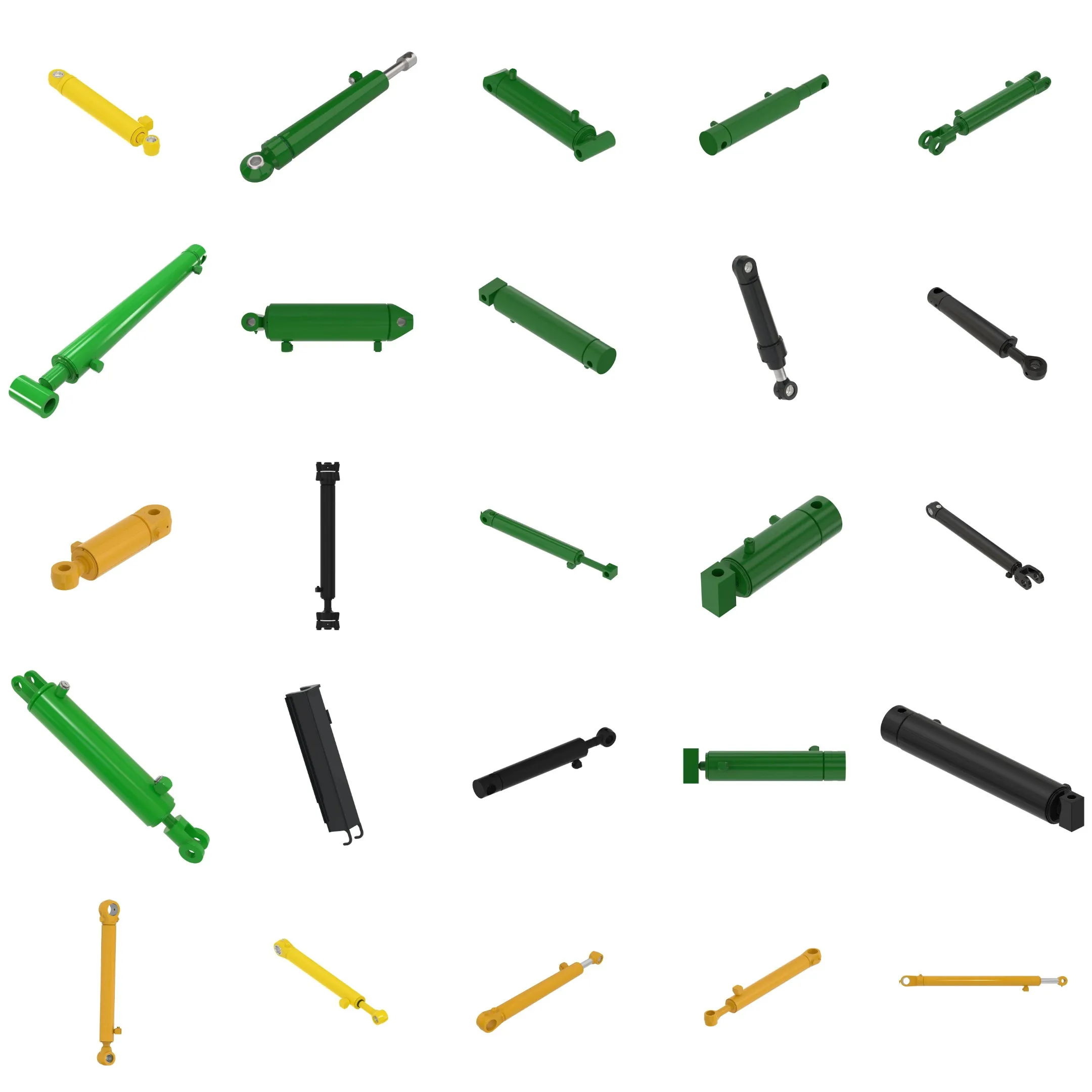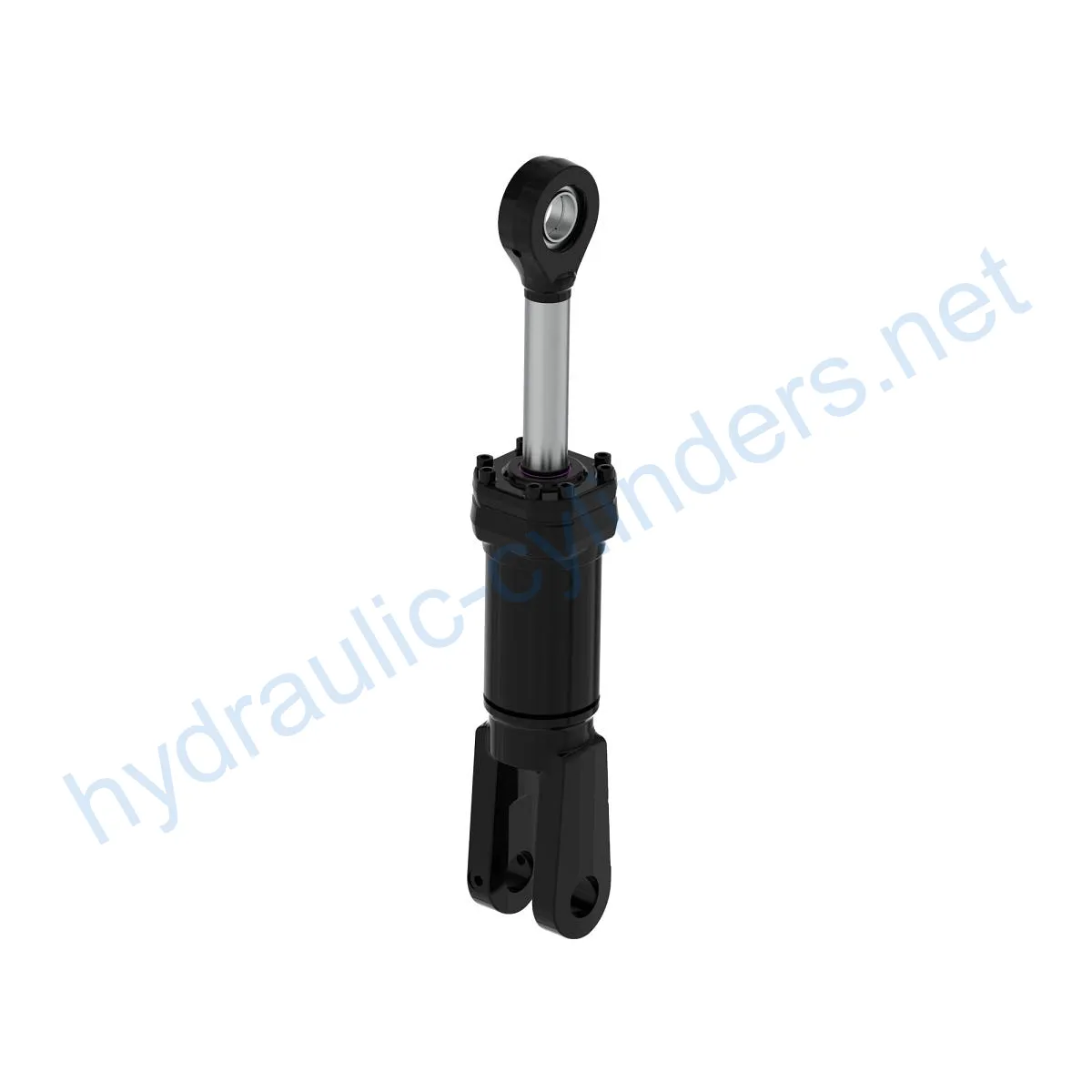Replacement Of AHC18789 Hydraulic Cylinder
Üheks hüdrosilindrite tootjaks, tarnijaks ja mehaaniliste toodete eksportijaks pakume hüdrosilindreid ja paljusid teisi tooteid.
Palun võtke meiega ühendust üksikasjade saamiseks.
Post:sales@hydraulic-cylinders.net
Tootja tarnija eksportija hüdrosilindrid.
Replacement Of AHC18789 Hydraulic Cylinder
Introduction
The Replacement Of AHC18789 Hydraulic Cylinder is a crucial component in various heavy machinery applications. This hydraulic cylinder is designed to provide reliable and efficient hydraulic power, allowing the machinery to perform its tasks effectively.
Specifications and Model
Weight: 368 lb
Height: 9.5 in
Length: 47 in
Model: 1050K
Features
- Improved Equipment Performance: Replacing damaged or worn hydraulic cylinders can restore the equipment’s normal operation, ensuring optimal performance in various applications.
- Enhanced Safety: Regularly replacing hydraulic cylinders can reduce safety hazards caused by cylinder failures, ensuring the safety of operators and equipment.
- Overload Protection: New cylinder designs often incorporate better overload protection mechanisms, improving overall safety.
- Quick Installation: Modern hydraulic cylinders are designed for easy installation and replacement, minimizing downtime.
- Standardized Components: Many hydraulic cylinders are standardized products, making it easier to obtain replacement parts in the market.
Applications
- Excavators: The hydraulic cylinders in excavator arms or buckets may get damaged due to prolonged use or overload, requiring replacement to restore normal operation.
- Cranes: The hydraulic cylinders in crane boom systems are prone to wear and tear during frequent lifting and lowering processes, necessitating regular replacement for safety purposes.
- Tractors: The hydraulic cylinders in front-end loader attachments for tractors may experience leaks or performance degradation during continuous lifting and tilting operations, indicating the need for replacement.
- Harvesters: Hydraulic cylinders in harvesting equipment endure high pressure during the harvesting process, and fatigue may lead to cylinder damage, requiring timely replacement to maintain operational efficiency.
- Automated Production Lines: Hydraulic cylinders are used to control robotic arms and other automation equipment. Cylinder failures can significantly impact production efficiency, necessitating immediate replacement.
- Die Casting Machines: Hydraulic cylinders in die casting machines may experience performance degradation under high pressure and high temperature conditions. Regular replacement ensures product quality.
- Mining Equipment: Hydraulic cylinders are used for lifting and moving heavy loads in mining equipment. Regular inspection and replacement are necessary to avoid equipment failures in harsh working environments.
- Bulldozers: Worn hydraulic cylinders in bulldozer blades can lead to decreased pushing capabilities, requiring timely replacement to maintain operational efficiency.
Maintenance Tasks
- Regular Inspections: It is important to regularly inspect the hydraulic cylinder for any signs of damage or wear.
- Proper Lubrication: Adequate lubrication is crucial for maintaining optimal performance and preventing premature wear and tear. Use the recommended hydraulic oil and lubricate according to the manufacturer’s guidelines.
- Seal Replacement: To prevent leaks and ensure proper functioning, seals should be replaced as per the manufacturer’s recommendations.
- Calibration Check: Regularly check and calibrate the hydraulic cylinder to ensure it is operating within the specified parameters.
Safety Considerations and Environmental Factors
When using hydraulic cylinders, it is important to follow safety measures to prevent accidents and ensure the well-being of operators and surrounding personnel. Additionally, proper disposal of used hydraulic cylinders is crucial to minimize environmental impact.
Troubleshooting and Common Issues
- Leakage: If the hydraulic cylinder is experiencing leakage, check the seals and connections for damage and replace as necessary.
- Slow Operation: Slow operation may indicate insufficient lubrication or internal damage. Check the lubrication levels and inspect the cylinder for any signs of damage.
- Excessive Noise or Vibration: Excessive noise or vibration can be caused by misalignment or worn components. Check for proper alignment and inspect the cylinder for any signs of wear or damage.
- Inconsistent Performance: Inconsistent performance may be due to internal damage or contamination. Inspect the cylinder for any signs of damage or foreign particles and clean or replace components as necessary.
- Complete Failure: If the hydraulic cylinder fails completely, it may require a thorough inspection and possibly a complete replacement.
Preventive Measures
- Regularly inspect and maintain the hydraulic cylinder to identify and address potential issues before they escalate.
- Ensure proper installation, lubrication, and adjustment to maximize the lifespan of the hydraulic cylinder.
- Provide proper guidance for aligning the cylinder during installation and recommend the use of suitable installation brackets for secure mounting.
- Recommend inspection, repair, and replacement procedures to ensure the longevity of the hydraulic cylinder.

Design Considerations and Selection Criteria
- Load-Bearing Capacity: The hydraulic cylinder should be selected based on the specific load requirements of the application.
- Sealing: The cylinder should have reliable sealing mechanisms to prevent leaks and ensure efficient operation.
- Durability: The cylinder should be designed to withstand the intended operating conditions and provide long-lasting performance.
- Safety: Safety features should be incorporated into the cylinder design to prevent accidents and ensure operator well-being.
- Maintainability: The cylinder should be designed for easy maintenance, allowing for quick and convenient repairs or replacements.
Sealing and Lubrication
The Replacement Of AHC18789 Hydraulic Cylinder utilizes various sealing components, such as piston seals and rod seals, which are made from durable materials like polyurethane and nitrile rubber to withstand wear. The cylinder body and threaded ends are meticulously treated to enhance wear resistance. Regular lubrication with the appropriate hydraulic oil is essential to ensure smooth operation and prevent premature wear.
Periodic Inspection and Preventive Maintenance
- Regularly inspect the hydraulic cylinder for any signs of damage, leaks, or abnormal wear.
- Follow the correct installation, lubrication, and adjustment procedures to maximize the lifespan of the cylinder.
- Provide proper alignment guidance during installation and recommend the use of suitable installation brackets to secure the cylinder.
- Recommend inspection, repair, and replacement procedures to maintain the longevity of the hydraulic cylinder.

About Our Company
We are a leading manufacturer and wholesale distributor of replacement hydraulic cylinders. With a
Tehke ekskursioon meie VR-tehases:
Tehke ekskursioon meie VR-tehases koos järgmisega
Hüdrosilindri kasutamine:


